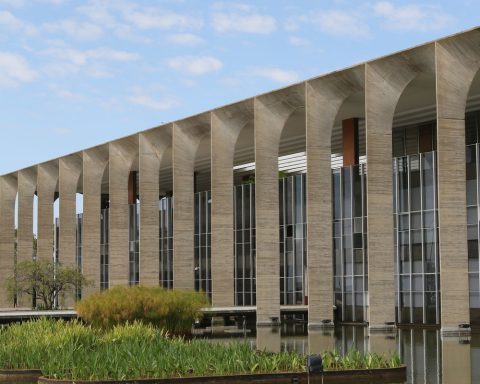January 24, 2023, 15:01 PM
January 24, 2023, 15:01 PM
In Germany, France, Austria, or the Czech Republic, the ski season is in jeopardy. In many places, it is too hot for the target to hit meteorological phenomenon: instead of snow, rain falls. And that is a problem that has great consequences.
“In the hydrological cycle, snow plays an important role, because it retains water for a certain time. The water contained in the snow does not flow directly, but rather in summer or spring,” explains Daniel Farinotti, Professor of Glaciology at the Federal Institute of Technology (ETH) Zurich and the Swiss Federal Institute for Forestry, Snow and Landscape (WSL).
Only when the snow thaws is the meltwater gradually released into the environment, reaching lakes and rivers and groundwater. Without the buffering function of snow, this water is lacking later, in the months to come. Rivers, which are often fed by snowmelt, have lower levels.
Navigation and electrical supply
Meltwater is crucial as a water reserve for the months with less rainfall, in summer and autumn. But “the melting of the glaciers and the decrease in snow could aggravate the low water conditions on the Rhine from Basel to the North Sea in the future,” says a study by the Commission International Hydrological Rhine Basin (CHR), an association of scientific organizations of the riparian states along which the famous European river flows. It is true that climate models predict that in the future it will rain more in winter, but the study predicts that the rain, probably, will not be able to compensate for the lack of meltwater.
The increasing repercussions of the summer drought are considerable and affect all those who use the water along the Rhine. The study goes on to venture that the transport of goods by the Rhine it could be harmed for an average of more than two months a year towards the end of the century. Power plants could produce less electricity and drinking water providers, as well as agriculture, would have to prepare for more frequent water shortages. This is because plants have a high demand for water in hot, dry summers.
Retention basins and water conservation
To make more water available again, which is likely to be increasingly lacking due to a lack of snowmelt in spring and summer, additional artificial reservoirs would be needed to store winter precipitation, says Marc Zebisch, a climatologist at Eurac Research, a center interdisciplinary research center based in South Tyrol. However, it is always an intervention in nature and, especially in the mountains, the space for these retention ponds is limited.
Robert Steiger, geographer and tourism researcher at the Institute of Finance at the University of Innsbruck, emphasizes that one must also take into account what can still be cultivated in the future. “In the Po Valley (Italy), for example, we are considering growing much less rice because it requires a lot of water,” explains Steiger, from the environmental organization Protect our Winters (POW).
What’s more, “if it rains more in winter instead of snowing, there is a risk of landslides,” adds Steiger. Especially when the snowmelt and heavy rains coincide.
white snow it also reflects sunlight. Without it, the soils heat up faster and become drier. Rain also runs off faster on dry soils rather than seeping through. And dry floors can also increase the risk of fires in the walls: “A drier environment is more flammable,” says Daniel Farinotti.
“Snow is a solar filter of the Earth, protects against warming,” says Zebisch. From a global perspective, the polar regions, i.e. the sea ice, but also the large snow-covered areas of the tundra, for example in northern Scandinavia or in Siberia, are particularly important.


















